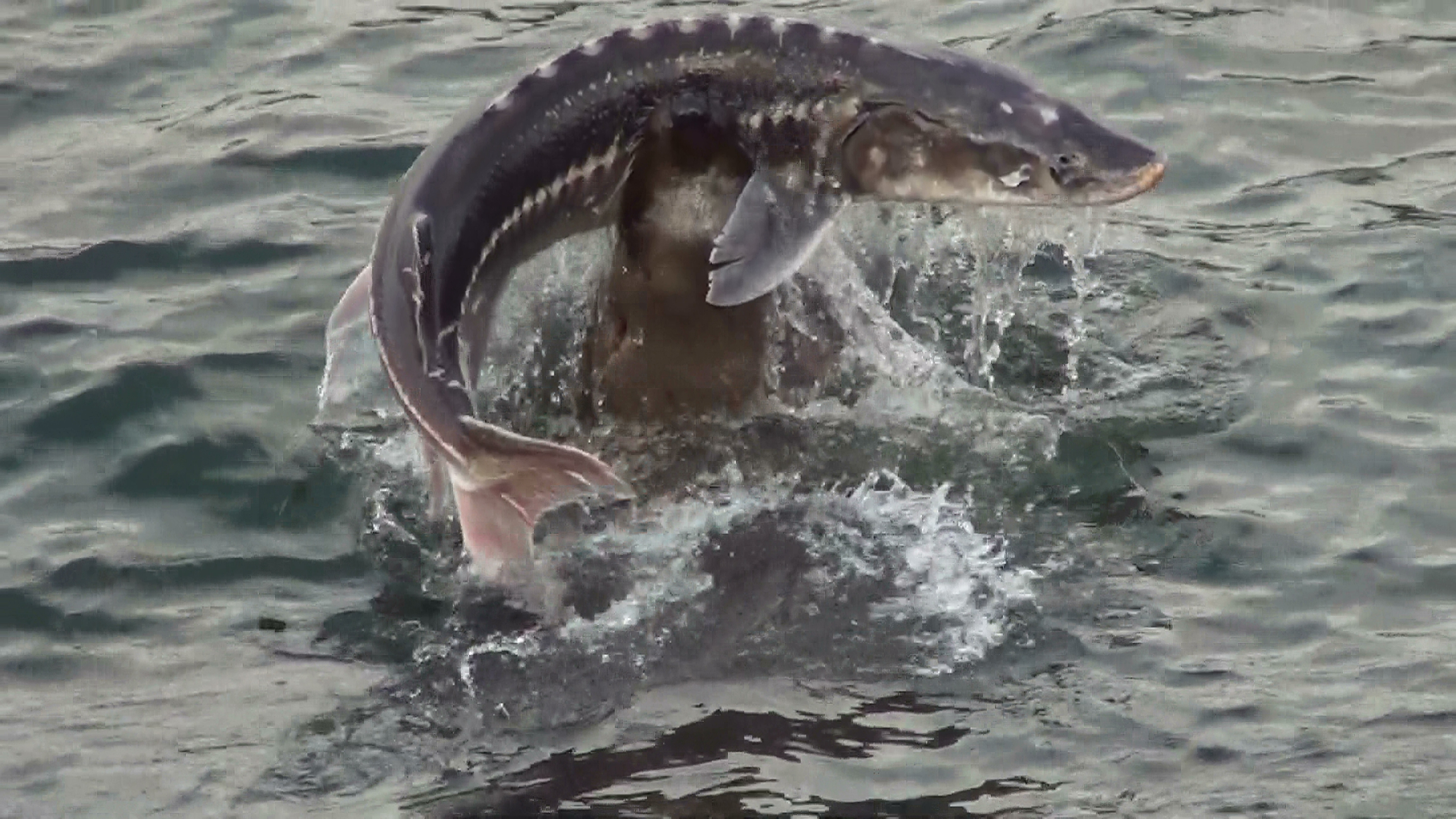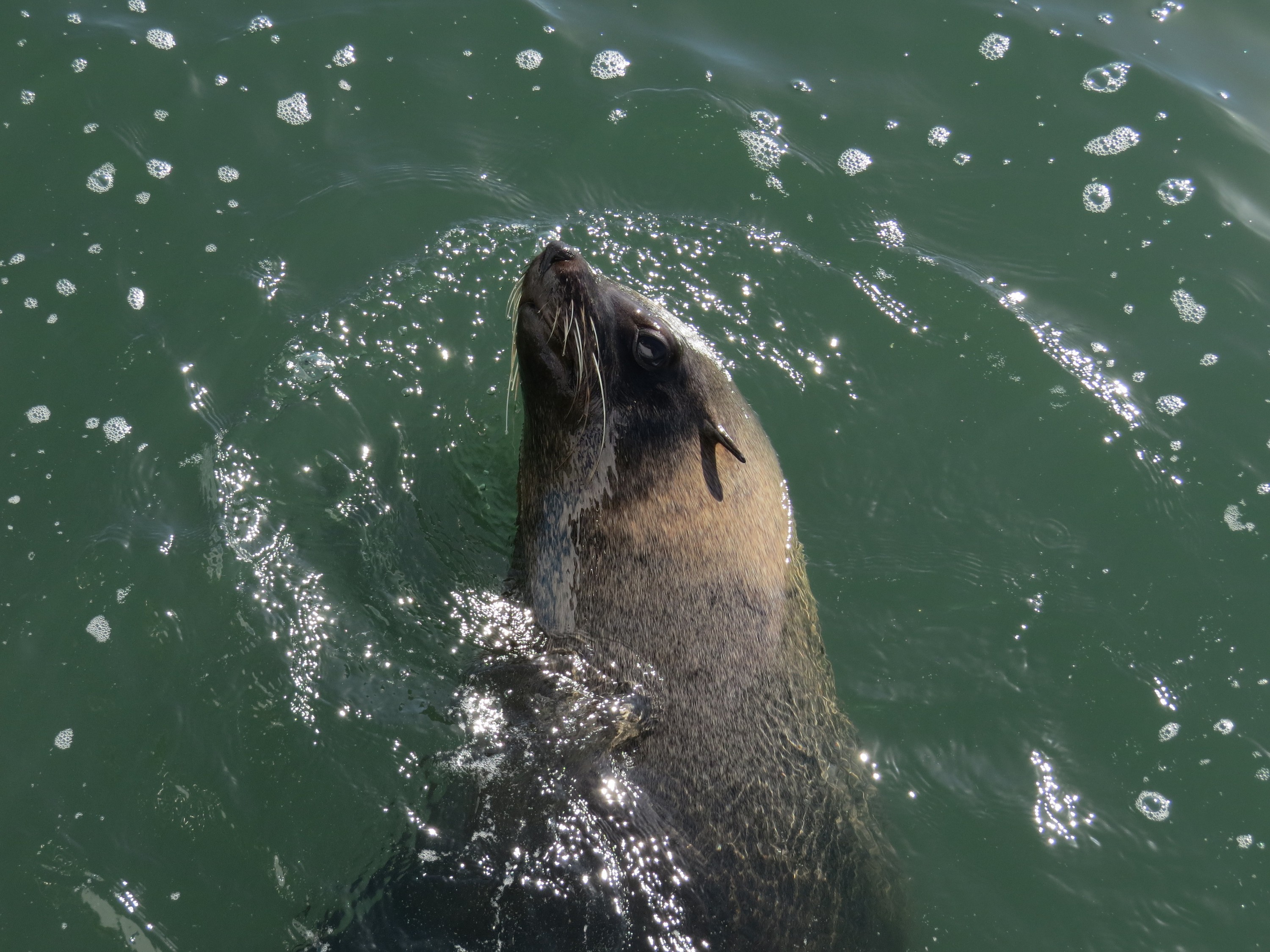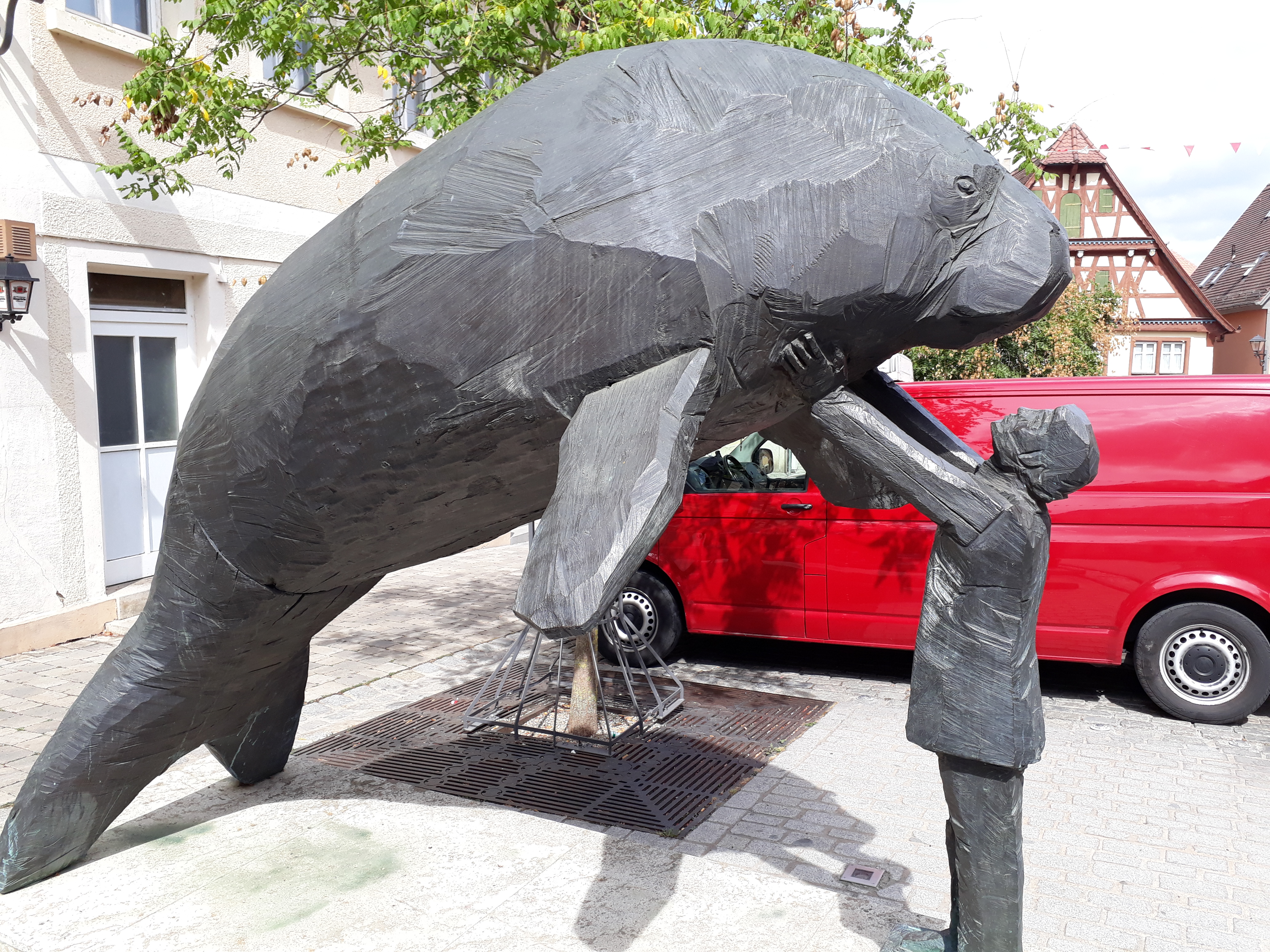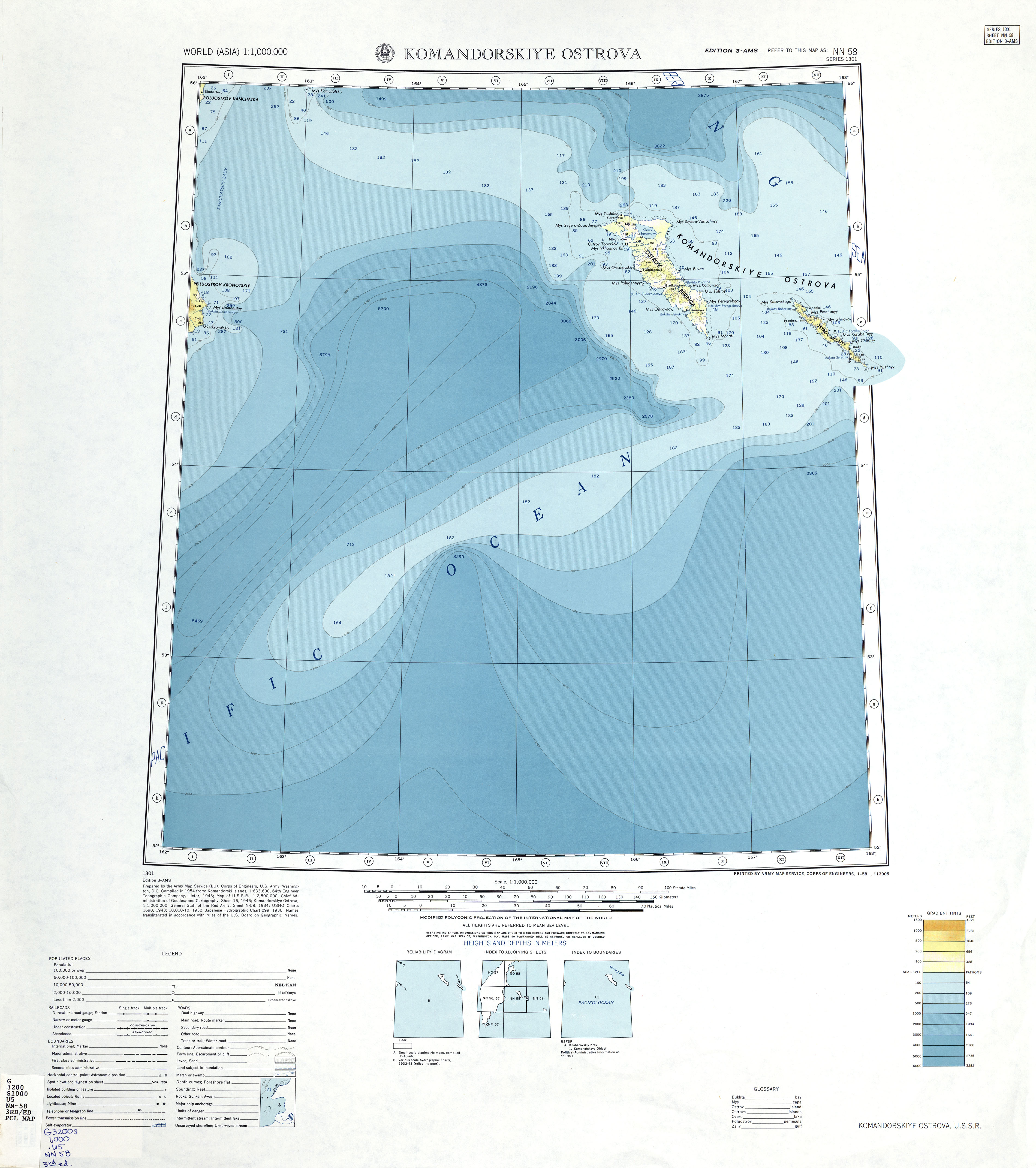|
Eumetopias
The Steller sea lion (''Eumetopias jubatus''), also known as the Steller's sea lion and northern sea lion, is a near-threatened species of sea lion in the northern Pacific. It is the sole member of the genus ''Eumetopias'' and the largest of the eared seals (Otariidae). Among pinnipeds, only the walrus and the two species of elephant seals are bigger. The species is named for the naturalist Georg Wilhelm Steller, who first described them in 1741. The Steller sea lion has attracted considerable attention in recent decades, owing to significant and largely unexplained declines in their numbers over an extensive portion of their northern range in Alaska. Description Adult animals are lighter in color than most sea lions, ranging from pale yellow to tawny and occasionally reddish. Steller sea lion pups are born almost black, weighing around , and remain dark in coloration for several months. Females and males both grow rapidly until the fifth year, after which female growth slow ... [...More Info...] [...Related Items...] OR: [Wikipedia] [Google] [Baidu] |
Pinnipeds
Pinnipeds (pronounced ), commonly known as seals, are a widely range (biology), distributed and diverse clade of carnivorous, fin-footed, semiaquatic, mostly marine mammal, marine mammals. They comprise the extant taxon, extant family (biology), families Odobenidae (whose only living member is the walrus), Otariidae (the eared seals: sea lions and fur seals), and Phocidae (the earless seals, or true seals). There are 34 extant species of pinnipeds, and more than 50 extinct species have been described from fossils. While seals were historically thought to have descended from two ancestral lines, molecular phylogenetics, molecular evidence supports them as a monophyletic lineage (descended from one ancestral line). Pinnipeds belong to the order Carnivora; their closest living relatives are Musteloidea, musteloids (Mustelidae, weasels, Procyonidae, raccoons, skunks, and red pandas), having diverged about 50 million years ago. Seals range in size from the and Baikal sea ... [...More Info...] [...Related Items...] OR: [Wikipedia] [Google] [Baidu] |
Eared Seal
An eared seal or otariid or otary is any member of the marine mammal family Otariidae, one of three groupings of pinnipeds. They comprise 15 extant species in seven genera (another species became extinct in the 1950s) and are commonly known either as sea lions or fur seals, distinct from true seals (phocids) and the walrus ( odobenids). Otariids are adapted to a semiaquatic lifestyle, feeding and migrating in the water, but breeding and resting on land or ice. They reside in subpolar, temperate, and equatorial waters throughout the Pacific and Southern Oceans and the southern Indian and Atlantic Oceans. They are conspicuously absent in the north Atlantic. The words 'otariid' and 'otary' come from the Greek ' meaning "little ear", referring to the small but visible external ear flaps (pinnae), which distinguishes them from the phocids. Evolution and taxonomy Morphological and molecular evidence supports a monophyetic origin of pinnipeds, sharing a common ancestor with Mustel ... [...More Info...] [...Related Items...] OR: [Wikipedia] [Google] [Baidu] |
Georg Wilhelm Steller
Georg Wilhelm Steller (10 March 1709 – 14 November 1746) was a German botanist, zoologist, physician and explorer, who worked in Russia and is considered a pioneer of Alaskan natural history.Evans, Howard Ensign. Edward Osborne Wilson (col.) ''The Man who Loved Wasps: A Howard Ensign Evans Reader''. in: Evans, Mary Alice. Big Earth Publishing, 2005. pp. 169. Nuttall, Mark. ''Encyclopedia of the Arctic''. Routledge, 2012. pp. 1953. Biography Steller was born in Windsheim, near Nuremberg in Germany, son to a Lutheran cantor named Johann Jakob Stöhler (after 1715, Stöller), and studied at the University of Wittenberg. He then traveled to Russia as a physician on a troop ship returning home with the wounded. He arrived in Russia in November 1734. He met the naturalist Daniel Gottlieb Messerschmidt (1685–1735) at the Imperial Academy of Sciences. Two years after Messerschmidt's death, Steller married his widow and acquired notes from his travels in Siberia not handed over to ... [...More Info...] [...Related Items...] OR: [Wikipedia] [Google] [Baidu] |
Steller Sealions Bc 1
Georg Wilhelm Steller (10 March 1709 – 14 November 1746) was a German botanist, zoologist, physician and explorer, who worked in Russia and is considered a pioneer of Alaskan natural history.Evans, Howard Ensign. Edward Osborne Wilson (col.) ''The Man who Loved Wasps: A Howard Ensign Evans Reader''. in: Evans, Mary Alice. Big Earth Publishing, 2005. pp. 169. Nuttall, Mark. ''Encyclopedia of the Arctic''. Routledge, 2012. pp. 1953. Biography Steller was born in Windsheim, near Nuremberg in Germany, son to a Lutheran cantor named Johann Jakob Stöhler (after 1715, Stöller), and studied at the University of Wittenberg. He then traveled to Russia as a physician on a troop ship returning home with the wounded. He arrived in Russia in November 1734. He met the naturalist Daniel Gottlieb Messerschmidt (1685–1735) at the Imperial Academy of Sciences. Two years after Messerschmidt's death, Steller married his widow and acquired notes from his travels in Siberia not handed over to ... [...More Info...] [...Related Items...] OR: [Wikipedia] [Google] [Baidu] |
Bohai Gulf
The Bohai Sea () is a marginal sea approximately in area on the east coast of Mainland China. It is the northwestern and innermost extension of the Yellow Sea, to which it connects to the east via the Bohai Strait. It has a mean depth of approximately , with a maximum depth of about located in the northern part of the Bohai Strait. The Bohai Sea is enclosed by three provinces and one direct-administered municipality from three different regions of China — Liaoning Province (of Northeast China), Hebei Province and Tianjin Municipality (of North China), and Shandong Province (of East China). The whole of the Bohai Sea is considered a part of both the internal waters of the People's Republic of China and the center of the Bohai Economic Rim. Its proximity to the Chinese capital of Beijing and the municipality of Tianjin makes it one of the busiest seaways in the world. History During the Pleistocene, the Bohai Sea experienced numerous glacioeustatic transgressions and ... [...More Info...] [...Related Items...] OR: [Wikipedia] [Google] [Baidu] |
Yellow Sea
The Yellow Sea is a marginal sea of the Western Pacific Ocean located between mainland China and the Korean Peninsula, and can be considered the northwestern part of the East China Sea. It is one of four seas named after common colour terms (the others being the Black Sea, the Red Sea and the White Sea), and its name is descriptive of the golden-yellow colour of the silt-laden water discharged from major rivers. The innermost bay of northwestern Yellow Sea is called the Bohai Sea (previously Pechihli Bay or Chihli Bay), into which flow some of the most important rivers of northern China, such as the Yellow River (through Shandong province and its capital Jinan), the Hai River (through Beijing and Tianjin) and the Liao River (through Liaoning province). The northeastern extension of the Yellow Sea is called the Korea Bay, into which flow the Yalu River, the Chongchon River and the Taedong River. Since 1 November 2018, the Yellow Sea has also served as the location of "peace ... [...More Info...] [...Related Items...] OR: [Wikipedia] [Google] [Baidu] |
Hokkaidō
is Japan's second largest island and comprises the largest and northernmost prefecture, making up its own region. The Tsugaru Strait separates Hokkaidō from Honshu; the two islands are connected by the undersea railway Seikan Tunnel. The largest city on Hokkaidō is its capital, Sapporo, which is also its only ordinance-designated city. Sakhalin lies about 43 kilometers (26 mi) to the north of Hokkaidō, and to the east and northeast are the Kuril Islands, which are administered by Russia, though the four most southerly are claimed by Japan. Hokkaidō was formerly known as ''Ezo'', ''Yezo'', ''Yeso'', or ''Yesso''. Nussbaum, Louis-Frédéric. (2005). "Hokkaidō" in Although there were Japanese settlers who ruled the southern tip of the island since the 16th century, Hokkaido was considered foreign territory that was inhabited by the indigenous people of the island, known as the Ainu people. While geographers such as Mogami Tokunai and Mamiya Rinzō explored the isla ... [...More Info...] [...Related Items...] OR: [Wikipedia] [Google] [Baidu] |
Korean Peninsula
Korea ( ko, 한국, or , ) is a peninsular region in East Asia. Since 1945, it has been divided at or near the 38th parallel, with North Korea (Democratic People's Republic of Korea) comprising its northern half and South Korea (Republic of Korea) comprising its southern half. Korea consists of the Korean Peninsula, Jeju Island, and several minor islands near the peninsula. The peninsula is bordered by China to the northwest and Russia to the northeast. It is separated from Japan to the east by the Korea Strait and the Sea of Japan (East Sea). During the first half of the 1st millennium, Korea was divided between three states, Goguryeo, Baekje, and Silla, together known as the Three Kingdoms of Korea. In the second half of the 1st millennium, Silla defeated and conquered Baekje and Goguryeo, leading to the "Unified Silla" period. Meanwhile, Balhae formed in the north, superseding former Goguryeo. Unified Silla eventually collapsed into three separate states due to civi ... [...More Info...] [...Related Items...] OR: [Wikipedia] [Google] [Baidu] |
Honshu
, historically called , is the largest and most populous island of Japan. It is located south of Hokkaidō across the Tsugaru Strait, north of Shikoku across the Inland Sea, and northeast of Kyūshū across the Kanmon Straits. The island separates the Sea of Japan, which lies to its north and west, from the North Pacific Ocean to the south and east. It is the seventh-largest island in the world, and the second-most populous after the Indonesian island of Java. Honshu had a population of 104 million , constituting 81.3% of the entire population of Japan, and is mostly concentrated in the coastal areas and plains. Approximately 30% of the total population resides in the Greater Tokyo Area on the Kantō Plain. As the historical center of Japanese cultural and political power, the island includes several past Japanese capitals, including Kyōto, Nara and Kamakura. Much of the island's southern shore forms part of the Taiheiyō Belt, a megalopolis that spans several of the Japane ... [...More Info...] [...Related Items...] OR: [Wikipedia] [Google] [Baidu] |
Hauling-out
Hauling-out is a behaviour associated with pinnipeds (true seals, sea lions, fur seals and walruses) temporarily leaving the water. Hauling-out typically occurs between periods of foraging activity. Rather than remain in the water, pinnipeds haul-out onto land or sea-ice for reasons such as reproduction and rest. Hauling-out is necessary in seals for mating (with the exception of the Baikal seal) and giving birth (although a distinction is generally made between reproductive aggregations, termed "rookeries", and non-reproductive aggregations, termed "haul-outs"). Other benefits of hauling-out may include predator avoidance, thermoregulation, social activity, parasite reduction and rest. There is much variation in haul-out patterns among different seal species.Hoelzel, A. Rus. (2002). ''Marine Mammal Biology: An Evolutionary Approach''. Blackwell Publishing. . p. 197. Haul-out sites may be segregated by age and sex within the same species. Many species of pinniped have only a fe ... [...More Info...] [...Related Items...] OR: [Wikipedia] [Google] [Baidu] |
Commander Islands
The Commander Islands, Komandorski Islands, or Komandorskie Islands (russian: Командо́рские острова́, ''Komandorskiye ostrova'') are a series of treeless, sparsely populated Russian islands in the Bering Sea located about east of the Kamchatka Peninsula in the Russian Far East. The islands consist of Bering Island ( by ), Medny Island ( by ) and fifteen smaller ones (islets and rocks), the largest of which are ''Tufted Puffin Rock (Kamen Toporkov'' or ''Ostrov Toporkov)'', , and Kamen Ariy, which are between and west of the only settlement, Nikolskoye. Administratively, they compose Aleutsky District of Kamchatka Krai in Russia. Geography The Commander Islands are the westernmost of the Aleutian Islands, most of which are part of the US state of Alaska, and are separated from the closest US island, Attu Island, and the rest of the chain by . Between the two runs the International Date Line. The relief is somewhat diverse, encompassing folded-block mo ... [...More Info...] [...Related Items...] OR: [Wikipedia] [Google] [Baidu] |
Kamchatka
The Kamchatka Peninsula (russian: полуостров Камчатка, Poluostrov Kamchatka, ) is a peninsula in the Russian Far East, with an area of about . The Pacific Ocean and the Sea of Okhotsk make up the peninsula's eastern and western coastlines, respectively. Immediately offshore along the Pacific coast of the peninsula runs the Kuril–Kamchatka Trench. The Kamchatka Peninsula, the Commander Islands, and the Karaginsky Island, constitute the Kamchatka Krai of the Russian Federation. The vast majority of the 322,079 inhabitants are ethnic Russians, although about 13,000 are Koryaks (2014). More than half of the population lives in Petropavlovsk-Kamchatsky (179,526 in 2010) and nearby Yelizovo (38,980). The Kamchatka peninsula contains the volcanoes of Kamchatka, a UNESCO World Heritage Site. Geography Politically, the peninsula forms part of Kamchatka Krai. The southern tip is called Cape Lopatka. (Lopatka is Russian for spade.) The circular bay to t ... [...More Info...] [...Related Items...] OR: [Wikipedia] [Google] [Baidu] |








